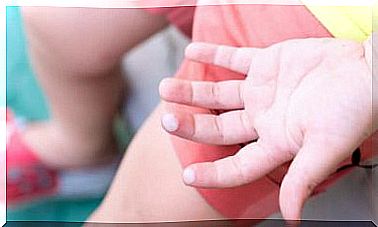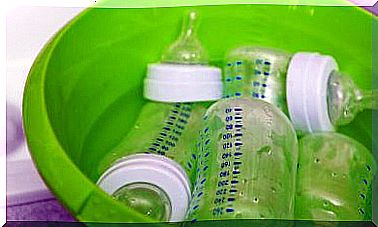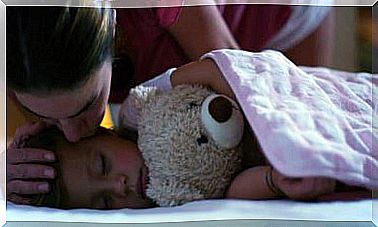What To Do When Your Kids Have Earache?
Earache in children is quite common and can result from inflammation or infection along the ear canal. With ear infections, there can be complications in the throat and other areas of the respiratory tract.

Especially before age 5, children have this type of condition recurrently when they have upper respiratory tract allergies. Learn about important aspects of earaches in children that will help you act in the right way when it appears.
Warning Signs That May Appear Along With Earache
- Earache is usually noticed when chewing, sucking or lying down.
- Inflammation in the visible part of the ear.
- Difficulty listening.
- Dizziness.
- Vomiting.
- Fever.
- Headache.
- Sore throat or tonsillitis.
What to do when my kids have an earache?
- For starters, it is possible to administer an over-the-counter pain reliever such as ibuprofen or acetaminophen.
- If the earache persists and is very severe, it is essential to get a medical examination to avoid further complications.
- If the doctor prescribes an antibiotic, you must ensure that the treatment is completed. It doesn’t matter if your child feels better in a few days, we should stick to the doses indicated on the prescription.

It is necessary to go to the doctor if:
- There is no improvement or new symptoms appear while antibiotic treatment is ongoing.
- Watery substances, pus or blood are eliminated by the ear.
- The earache becomes more intense rather than lessening.
- There is abnormal redness and inflammation at the back of the ear.
- The pain prevents you from performing movements that are considered normal.
Preventive measures to prevent earache and other infections
- Make sure your children are up to date on immunizations, especially pneumococcal and influenza. These two vaccines reduce the chances of middle ear infection.
- Do not allow ear cleaning to be done with cotton swabs or sharp objects.
- Make sure children get into the habit of washing their hands before eating, especially when they have stayed in the park or used objects that have not been properly sanitized.
- When feeding with a bottle, do not do it in a completely horizontal position.
- Check with your doctor to see if earmuffs are suitable for your children, especially when doing activities such as swimming.

Most common causes or risk factors for earache?
- Hereditary factors. If one of your children often suffers from ear infections, you may also have your other children with this tendency.
- Food. Children who are not breastfed but are bottle-fed develop a lower level of immune resistance. When you feed your child while he is sleeping or lying down, milk may reach the middle ear.
- Children who use a pacifier to calm themselves are also more at risk for ear infections because movement can move suction fluids from the throat and nose to the ear canals.
- Environmental factors. Children who have contact with cigarette smoke indirectly are more likely to experience discomfort in their ears. Also, in large groups such as schools and kindergartens, it is common for children to have ear infections. If this happens, it’s more convenient to play outdoors more than indoors.
- In very few cases, there are chances that foods like dairy products cause this type of condition. If you think your child may be allergic to them, ask your doctor or make an attempt to eliminate these foods from your diet for a month or a month and a half and monitor the results.
- The younger the child is at the time of the first infection, the greater the chances of recurrence in the future. Fortunately, these episodes generally decrease from age 4 onwards because of the change in structure; the ear takes on a more adult shape, making it difficult for bacteria to circulate.









